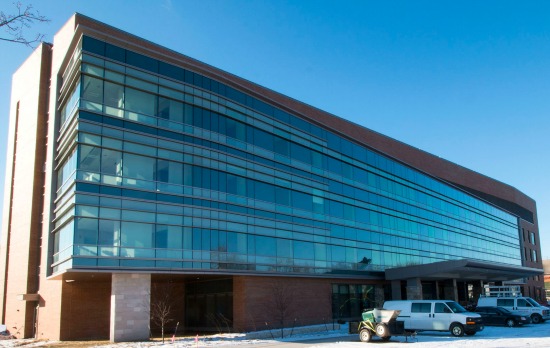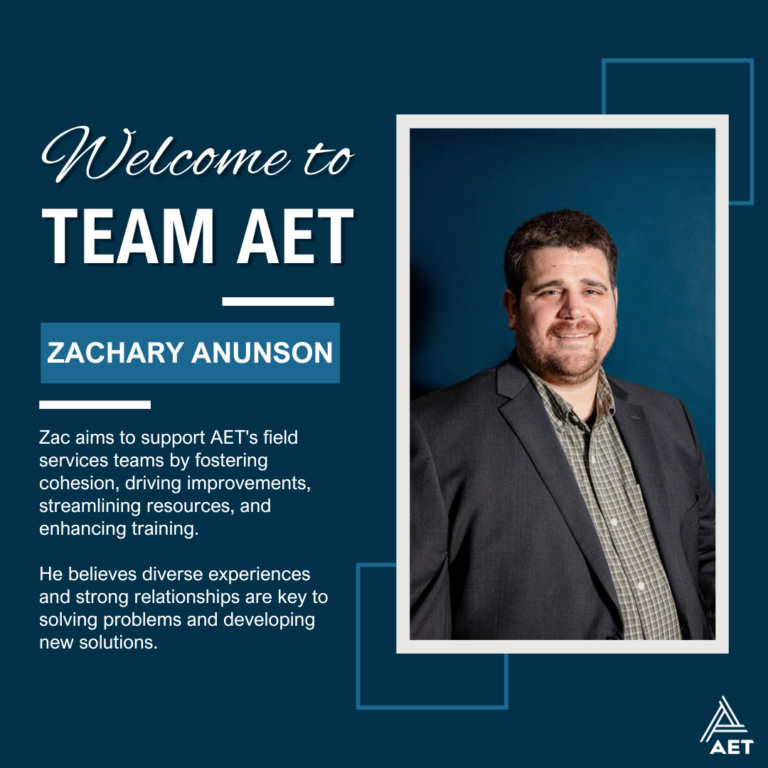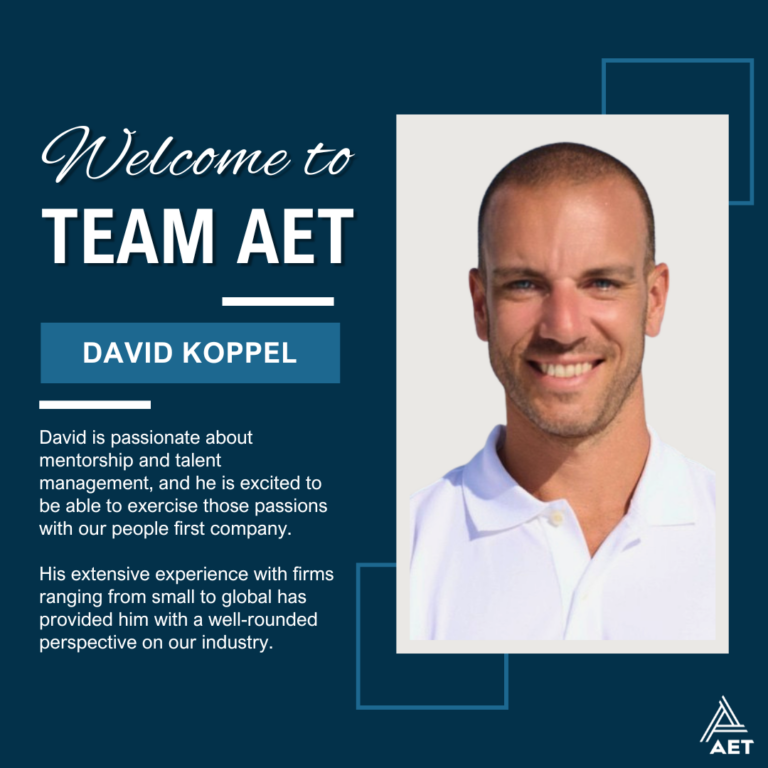
As a community grows, so does its need for health care. AET has had the privilege of providing services to support the design and construction of several hospitals, medical centers and clinics across the Upper Midwest.
As a project team member, we’ve identified the following as considerations that would likely pertain to any health care project.
Prepare for a fast-tracked schedule
Most health care projects, in our experience, are fast-tracked following the decision to proceed, especially when the scope involves additions to existing facilities. These scenarios represent impressive signs of growth, but are disruptive to the normal flow of doctors, patients and visitors. Hence, they are “schedule critical!” For this reason, it is important to compile an experienced team that can hit the ground running, as many projects simply cannot afford a learning curve. The project team should have the necessary equipment and human resources to meet fast-tracked schedules, too. For instance, to expedite our fieldwork for large health care projects, we regularly use more than one drill rig—and sometimes three—on-site at the same time.
Minimize day-to-day disruption
When planning an expansion of a hospital or other health care facility, it is critical to make sure that its day-to-day operations are not impacted by construction activities. Health care is a vital service; facilities that provide it must maintain regular hours with minimal disruption to patients and employees. For example, at a facility expansion in Rapid City, South Dakota, the parking area was limited, which meant we couldn’t reserve enough space to safely operate the drill rigs in and amongst hospital staff and patient parking during normal operating hours. To address these issues, we drilled on nights and weekends, which accelerated the work and kept our equipment out of the way.
One-Call services may be insufficient
In terms of preventing service disruptions, it is also important to think about underground utilities. Health care facilities typically have an abundance of public and private utilities on the property because of the services they provide. One-Call services alone are insufficient because they only locate and mark public utilities. Before soil exploration work or excavations are performed, it is mandatory to coordinate with the facility’s maintenance and engineering departments.
Plan for heavy foundation loads
Hospitals in particular tend to have large foundation loads—just think about the heavy equipment and large systems these buildings house, in addition to the weight of these structures themselves! It is important for your geotechnical consultant to have other methodologies to maximize allowable bearing capacities to site soil conditions. To accommodate these large design loads, we often perform special testing in addition to more-routine soil borings. For a recent project in Eau Claire, Wisconsin, we performed seismic piezocone (CPT) testing in addition to soil borings. As a result of the CPT testing, we were able to approximately double the recommended allowable soil bearing capacity that would have been obtained from soil borings alone, avoiding the need for expensive and time-consuming deep foundations and/or ground improvement.
Stay focused ahead for success
Proactively addressing potential issues and setbacks is key to staying ahead on any type of project. Pulling together an experienced team that can adhere to a fast-tracked schedule, coordinate with project stakeholders, and provide a range of services is sure to set your next health care project on the path to success.
Kristen Yates, PE, is the manager of AET’s Rapid City office. She can be reached at kyates@amengtest.com. Ben Mattson, PE, is the geotechnical manager in AET’s Wausau office. He can be reached at bmattson@amengtest.com.

